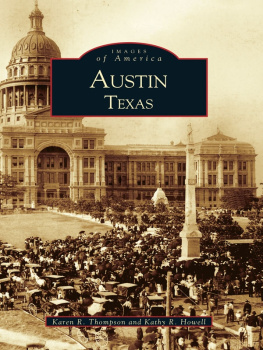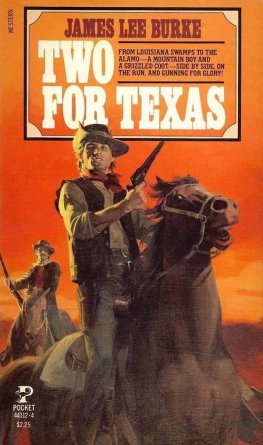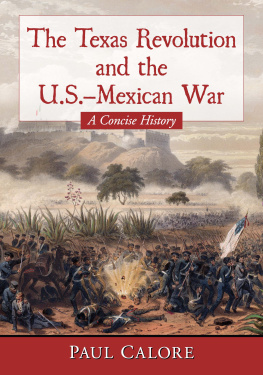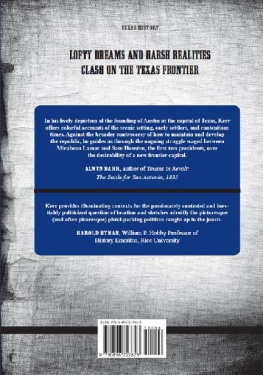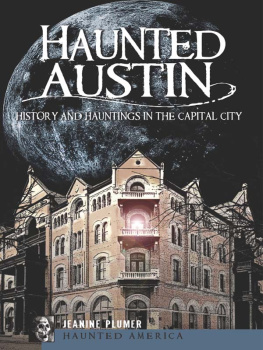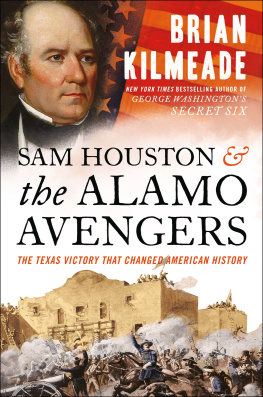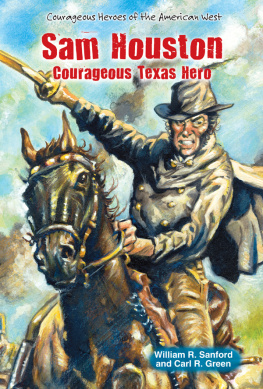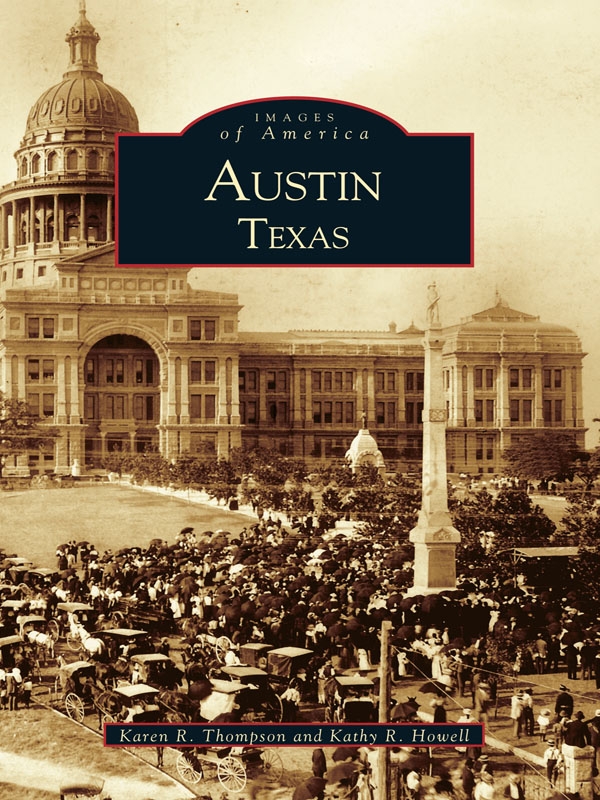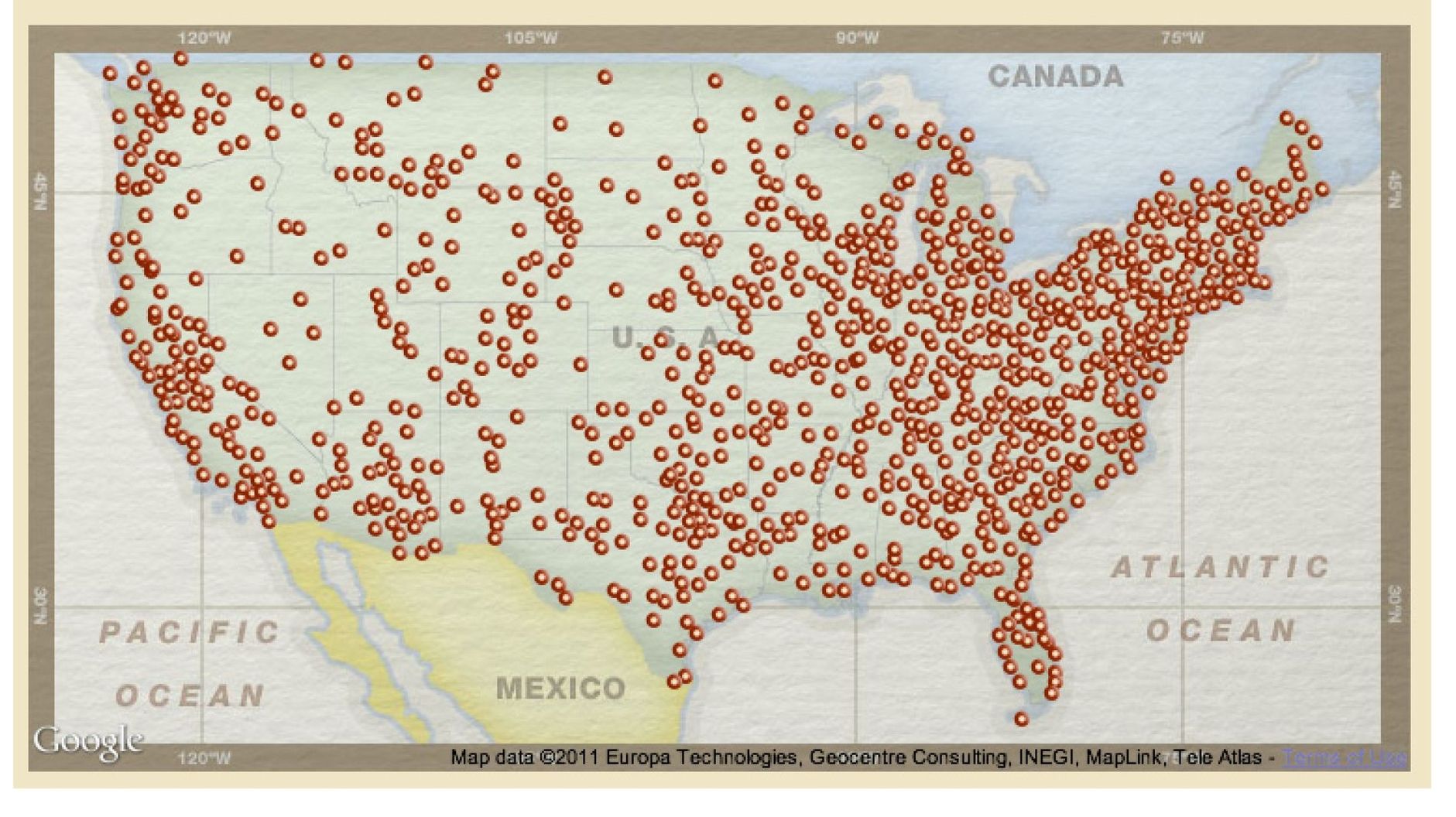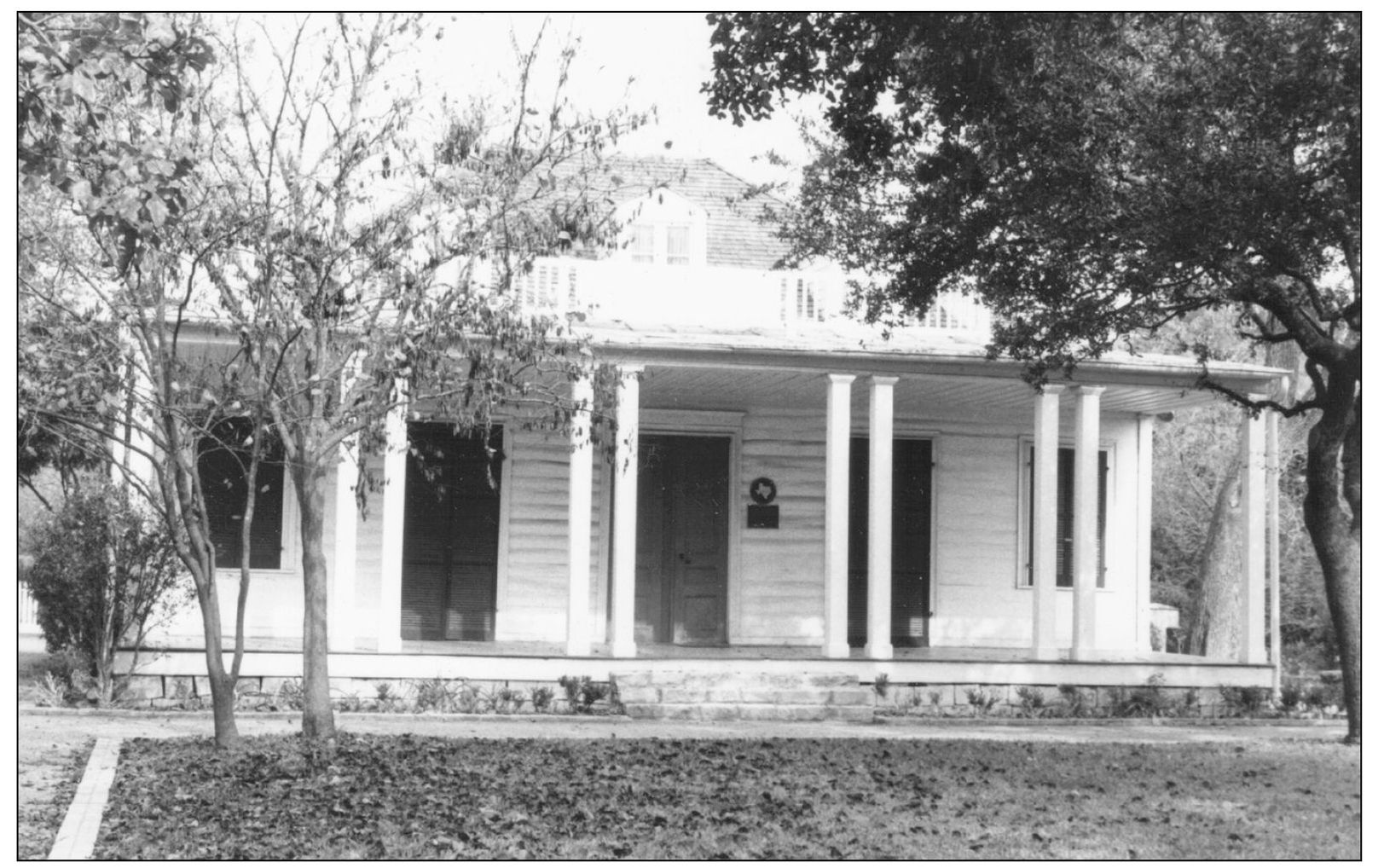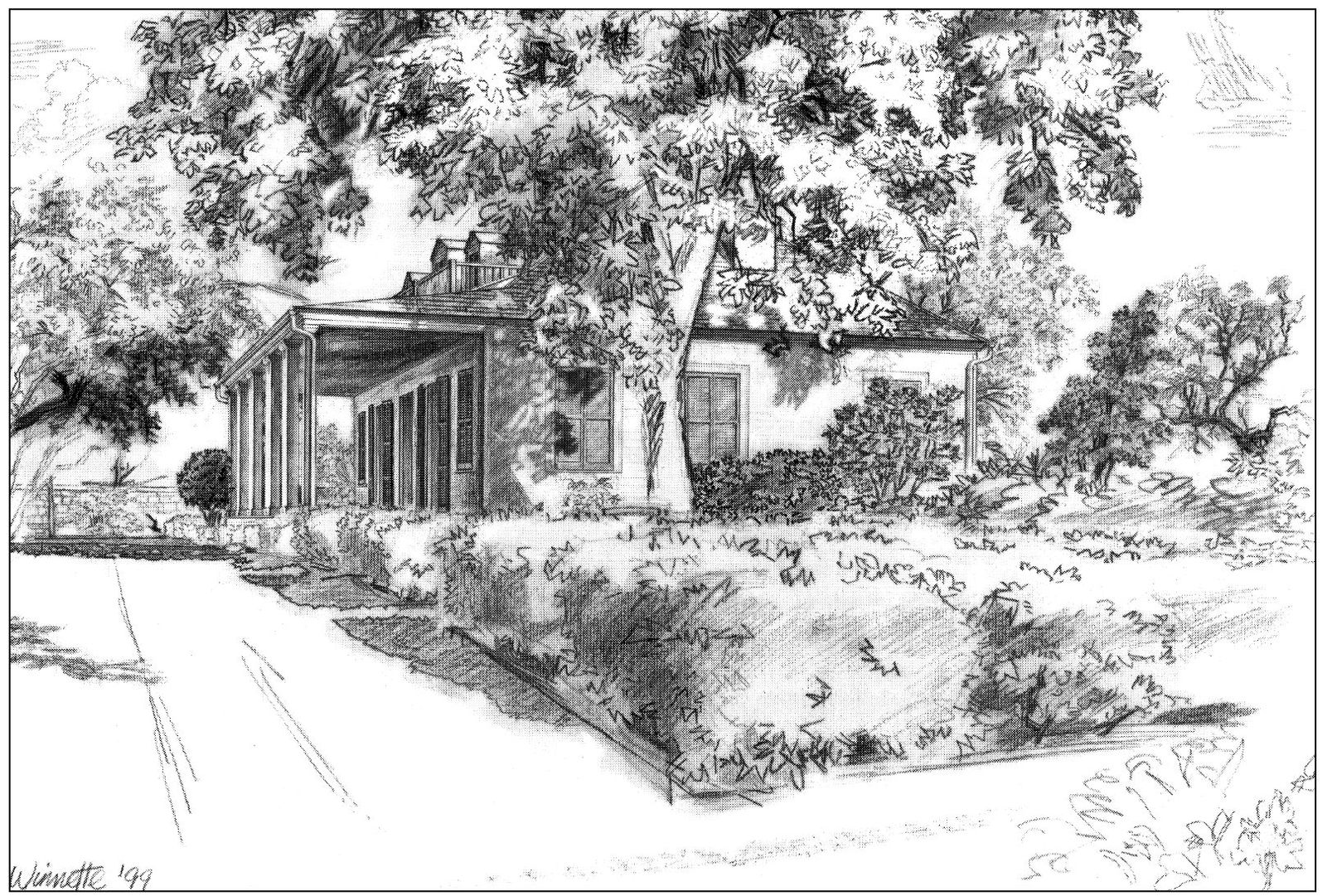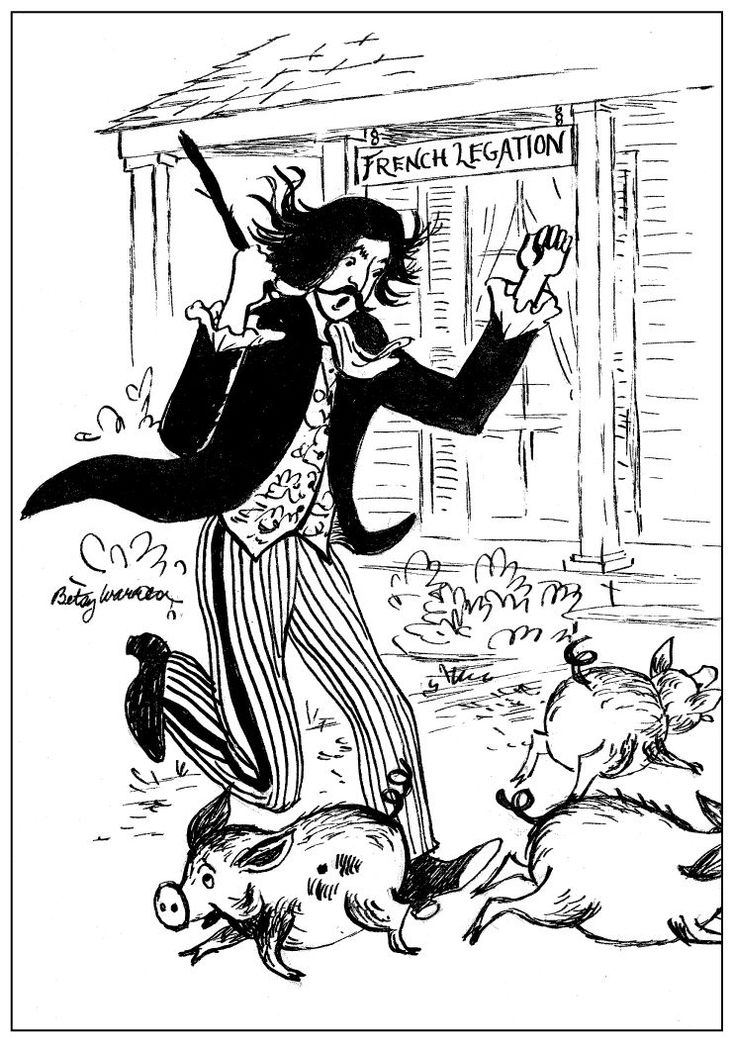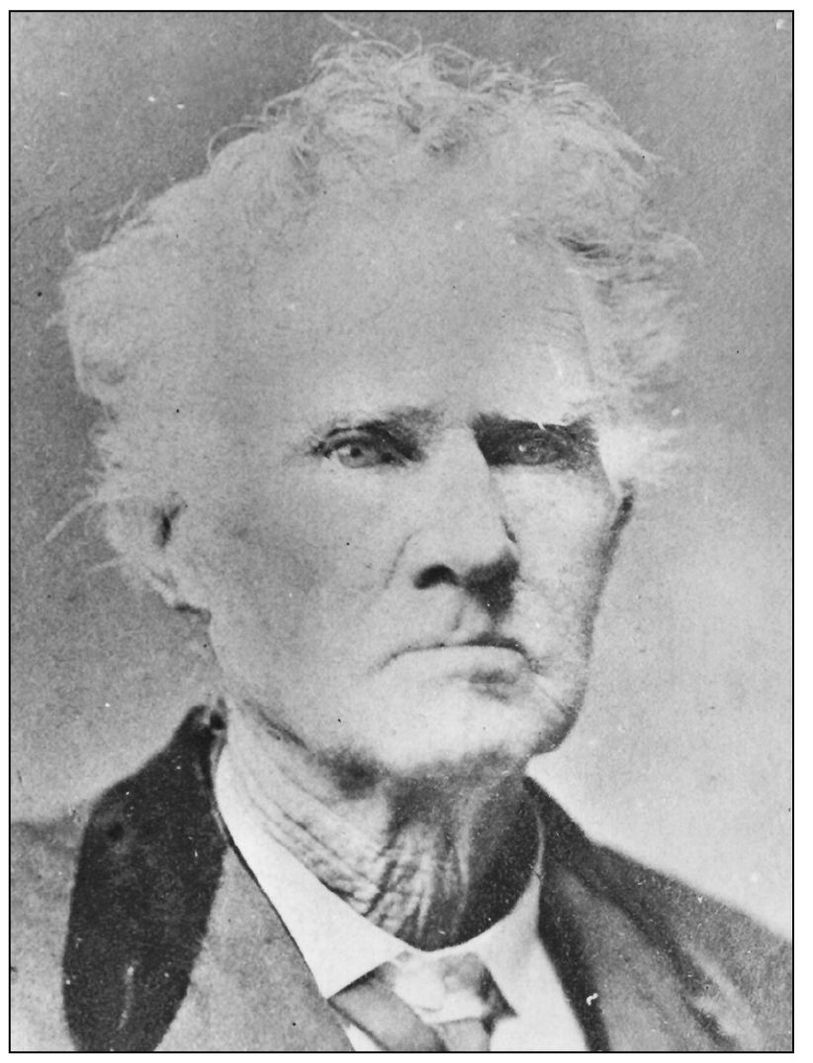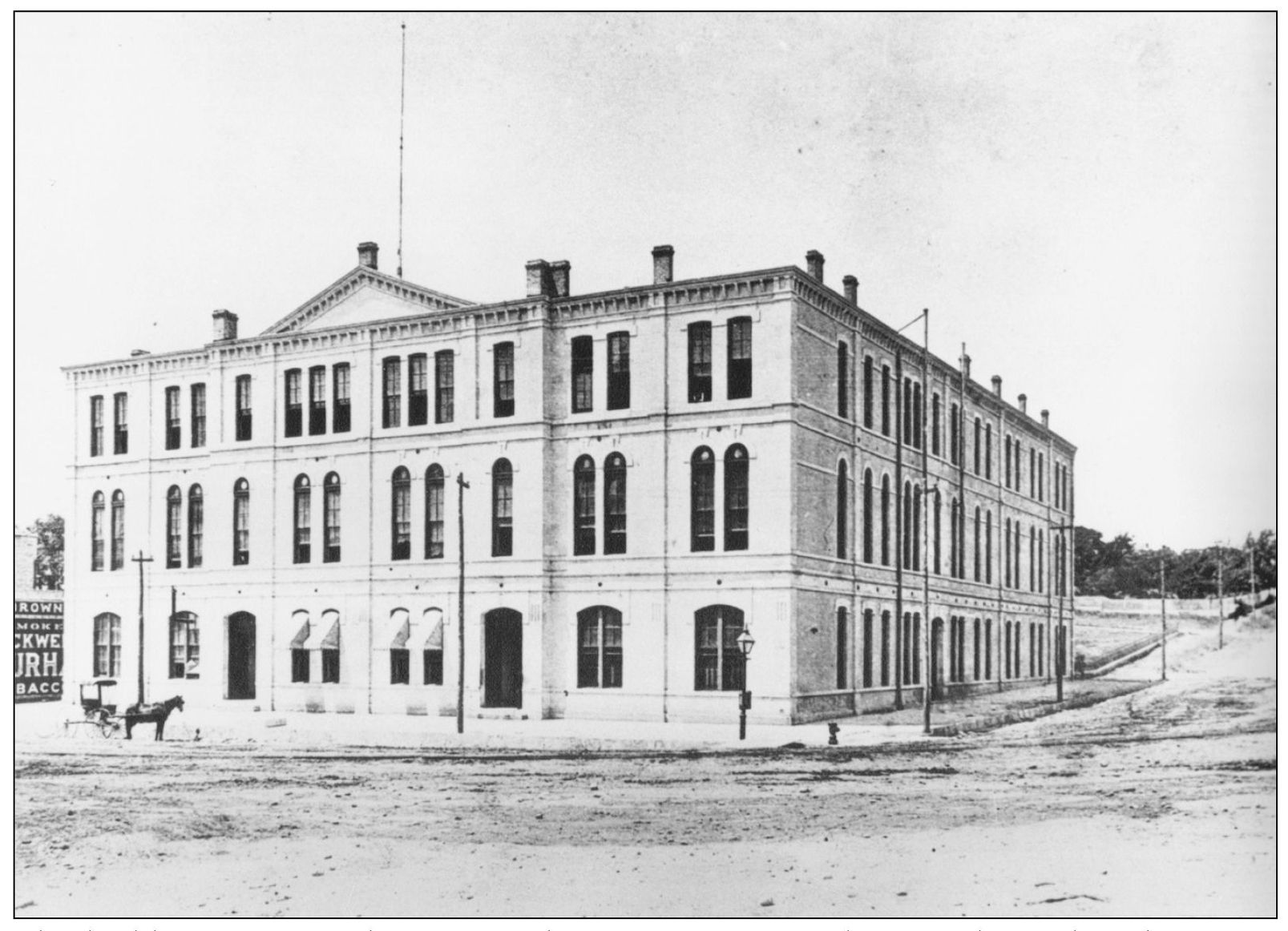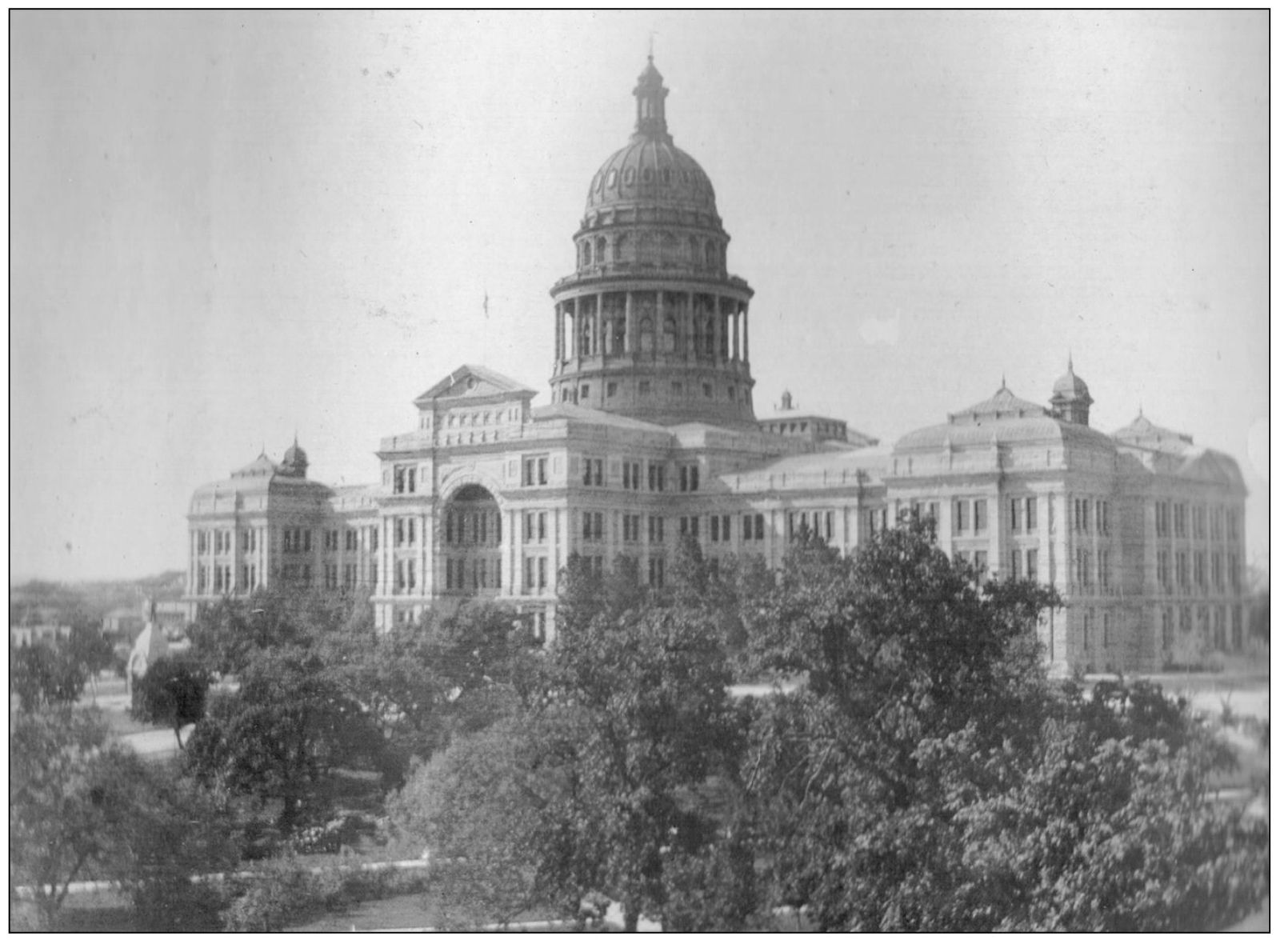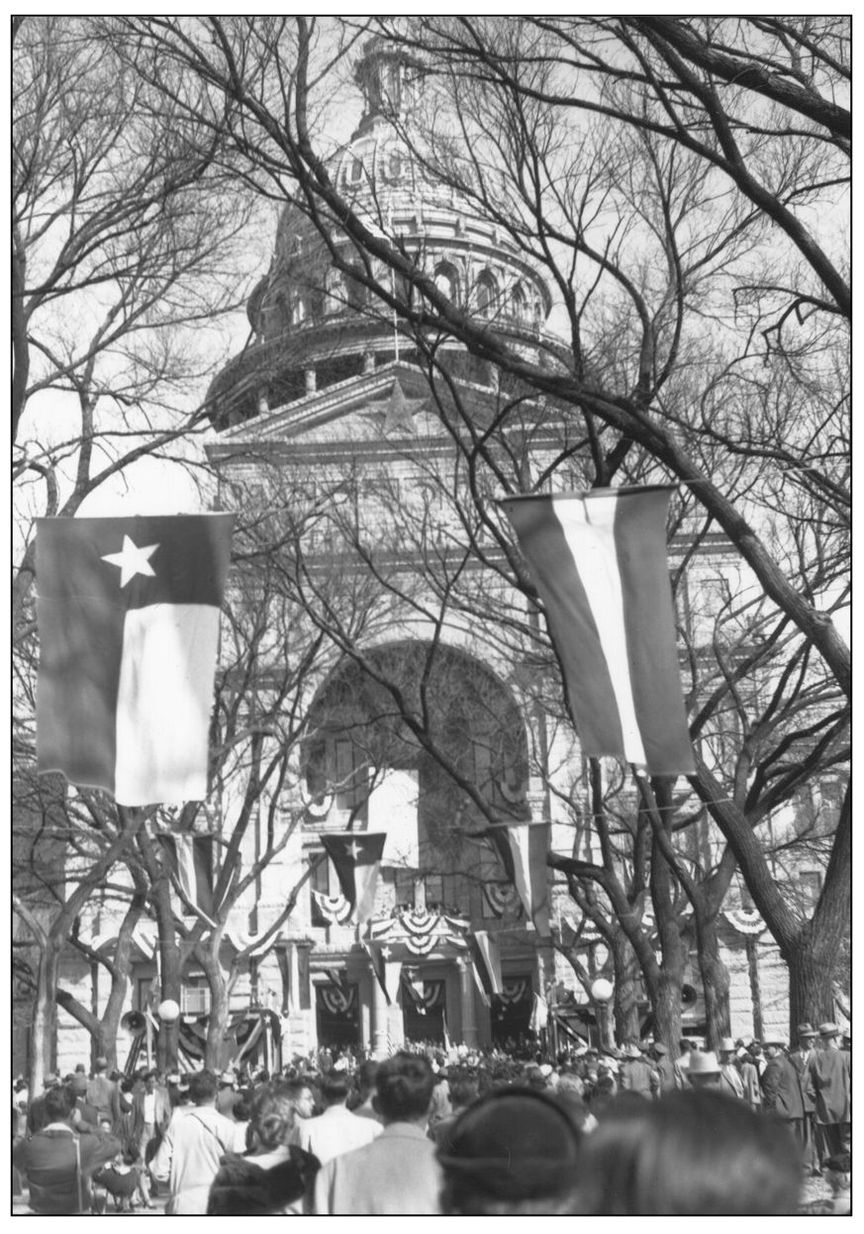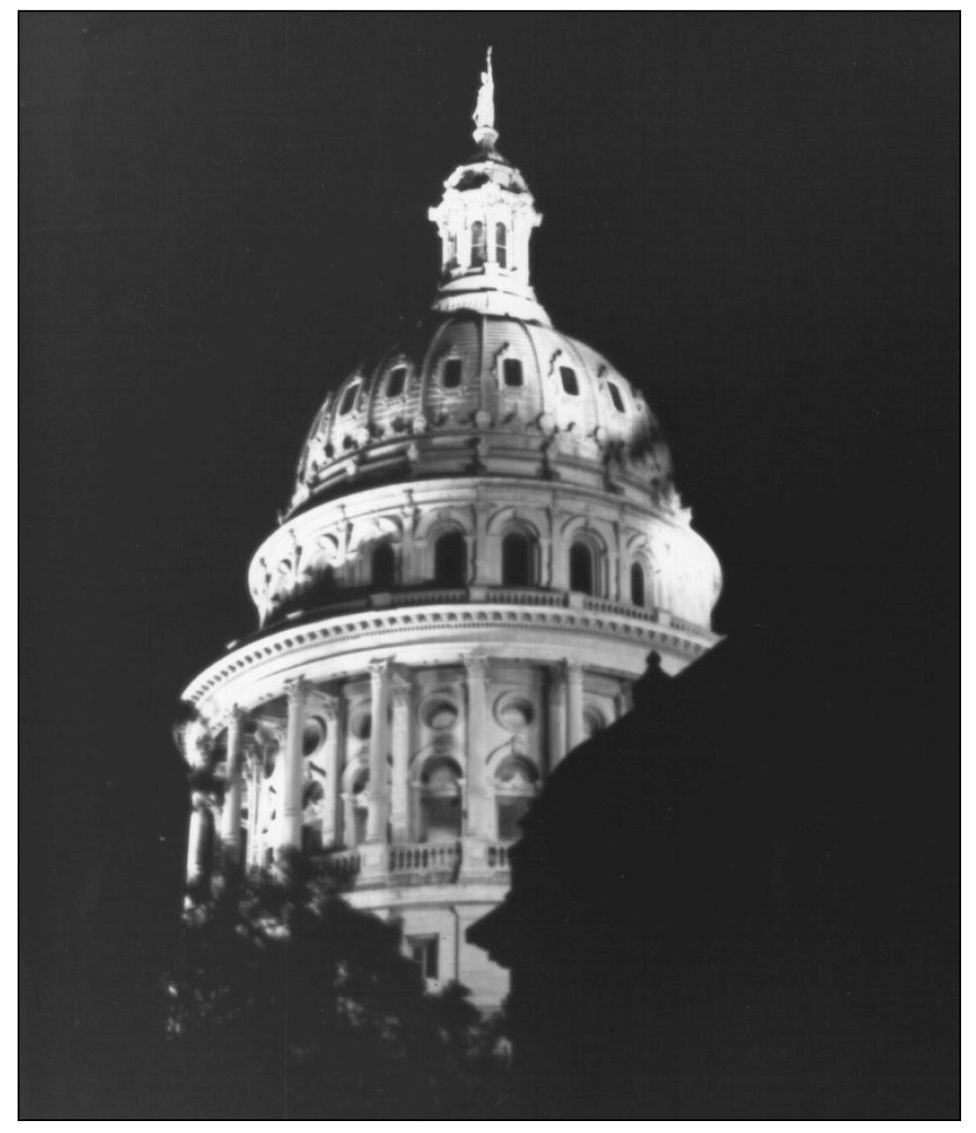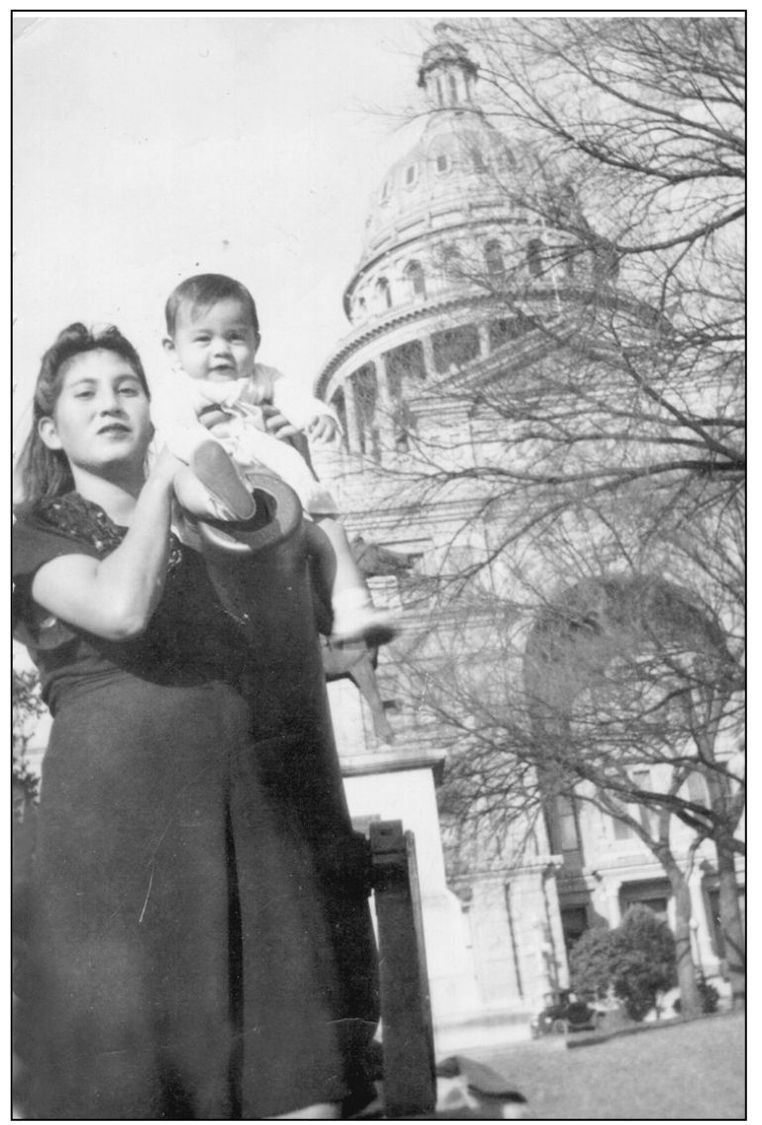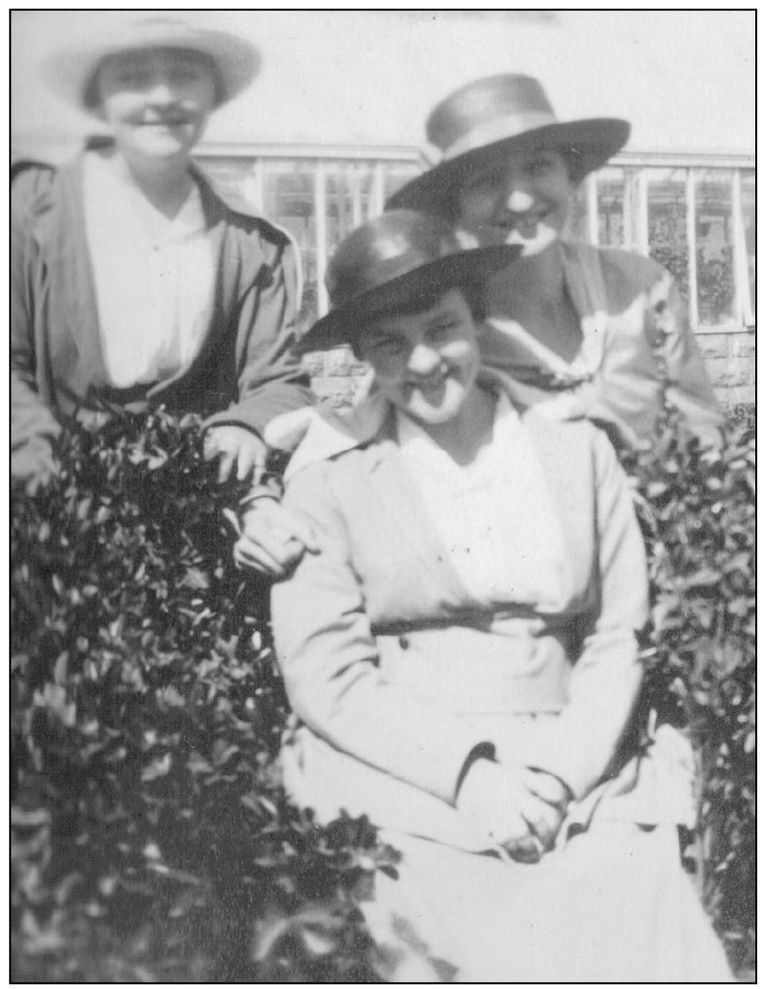ACKNOWLEDGMENTS
The photographs in this book have come from many sources. Folks from across Texas, some family and old friends, and some new friends have been very generous to loan us their photographs.
We owe a debt of gratitude to the following people who allowed us the use of their photographs: Frances Archer, Danny Camacho, Ursula Carter, Bee Crenshaw, Imogene Dunlap, Michael Emery, Tom Flinn, Lel Hawkins (and her late husband Jerry Hawkins), Mary Hodge, Christine Mason, Carl McQueary, Mr. and Mrs. A.E. Palmquist, Tom Rogers (and his late father Thomas R. Rogers), Forrest Scott, Cynthia Treckmann, Betsy Warren, Julia Whatley, Ward Winnette, and Ken Wukasch. Editing and computer work was done by Jonathan B. Howell and Kathy Kidd Bohula.
It has been a pleasure as a mother/daughter team to work on this publication. Karens grandfather, Kathys great-grandfather, Charles P. Luck, was one of Austins early photographers, from the 1890s through the 1930s. His early photographs sparked our interest in early Austin pictures.
We dedicate this book to our family, David and Mason Thompson, and Jonathan B. Howell for their support and patience.
Karen R. Thompson and Kathy R. Thompson Howell.
September 2000
ADDITIONAL BOOKS BY THE AUTHORS INCLUDE THE FOLLOWING:
Defenders of the Republic of Texas . Austin, Texas: DRT Press, 1987.
Historical Round Rock Texas . Austin, Texas: Eakin Press, 1985.
Historical Williamson County, Texas . Austin, Texas: Nortex Press, 2000.
Find more books like this at
www.imagesofamerica.com
Search for your hometown history, your old stomping grounds, and even your favorite sports team.
One
THE TEXAS CAPITAL
Stephen F. Austin brought the first three hundred families from the United States to the Mexican territory of Texas in 1821. This set the stage for pioneer settlers to gain independence on April 21, 1836, at the Battle of San Jacinto. Austin was selected as the capital of the Republic of Texas.
In 1839, King Louis Philippe of France sent Count Jean Pierre I. Alphonse Dubois de Saligny to the Republic of Texas to investigate whether the French government should recognize Texas as an independent nation. Count de Saligny informed the King, Texas will bring great advantages to France for many years to come. On September 25, 1839, France recognized the Republic of Texas by signing a Treaty of Amity, Navigation, and Commerce.
When de Saligny arrived in Austin in 1840, he found only log buildings and animals running loose on dirt roads. He purchased land, and by the middle of 1841 had built the French Legation embassy from lumber hauled by wagon from Bastrop. De Saligny left Austin and by 1848, Dr. Joseph W. Robertson had purchased the house. The Robertson family sold it to the Daughters of the Republic of Texas in 1948 and the DRT continues to operate it as a museum. (Copyright Ward Winnette, 1999.)
The most interesting French Legation story is referred to as the Pig War. Count de Saligny fed corn to his horses, and the pigs of innkeeper Richard Bullock would trample down the stable fence to feed on the corn. Arguments ended when de Salignys servant Pluyette killed many of Bullocks hogs on the morning of February 19, 1841. Bullock made a claim to the Republic of Texas government for payment of his hogs and the Count left town for a ten-month stay in New Orleans. (Courtesy Betsy Warren.)
Judge Edwin Waller, Austins first mayor, also receives credit for laying out the city of Austin with wide avenues and streets sectioned in a square. The Congress allowed Waller $113,000 in funds to create the capital city. He hired two hundred raw recruits of every race, mostly inexperienced, to do the work. One night, Native Americans raided the work camp on Waller Creek and scalped two of the men. (Courtesy Lel Hawkins.)
This building was erected in 1883 as the temporary capitol. It was located on the corner of Congress Avenue and 11th Street. After the present capitol was built in 1888, this building served as Austins first vocational school. It burned to the ground in 1899. (Courtesy Lel Hawkins.)
Texas needed a proper capitol building, but had no funds. In 1875 Congress provided that three million acres of Public Domain are hereby appropriated and set apart for the purpose of erecting a new State Capitol. In 1882, after surveying, the land was traded to Abner Taylor, Amos Babcock and Company for building the capitol. Their land became famous as the XIT Ranch, and Texas acquired the largest capitol building in the United States without spending any public funds.
Governor Allan Shivers is shown at his inauguration on January 20, 1953. Governor Shivers (19071985) had first been elected lieutenant governor in 1946, was re-elected in 1948, and became governor upon the death of Governor Beauford Jester. He went on to serve 7 and one-half years as governor. (Courtesy Tom Rogers.)
The Texas Capitol Building is pictured here at night. Since its completion in 1888, it has been the major attraction in Austin.
Ada Trevino is shown with her son at the capitol. (Courtesy Danny Camacho.)
These young ladies were enjoying an outing on the capitol grounds in 1916. This greenhouse, originally used by the gardeners, was later moved to the state cemetery on Navasota Street. (Courtesy Carl McQueary.)

